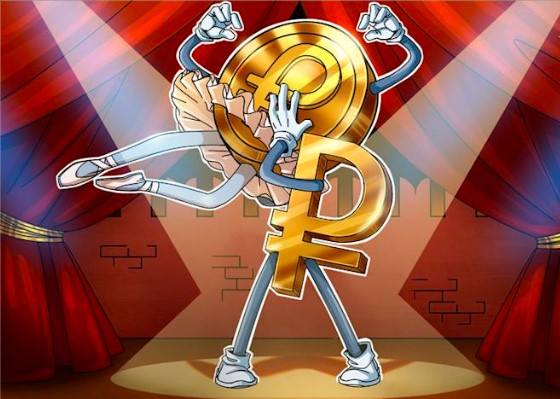There is a growing chorus, certainly on the fringes of financial analysis at the moment, that the U.S. Dollar is in the early stages of collapsing as the world's reserve currency. This set of expectations is based on familiar themes: the long-standing and growing U.S. budget deficits, the political disarray in Washington and the current inflationary environment. Moreover, some proposing the end of the greenback are betting that the dollar will be replaced by commodity-based currencies such as the ruble, while others are saying that cryptocurrencies will be taking over as the major mode of exchange.
These are not necessarily a new set of beliefs, but they are gaining momentum in some circles due to the war in Ukraine. Specifically, the central tenet of the movement is the belief that oil will be bought and sold with rubles and yuan and, thus, the dollar will lose its petrodollar status and die.
Of course, it is plausible that this may come to pass. Yet, at this point, it's not quite evident.

Price Charts Say Niet to Petro Ruble for Now
As things stand at the moment, despite expectations to the contrary, the global financial system is still following the operating rules based on the petrodollar. Consider the following price charts, which are based on the markets responding to these three simple inflation-related events:
-
The Federal Reserve is in the midst of raising interest rates
-
There are supply chain snags everywhere
-
The Russian invasion of Ukraine is adding high levels of unpredictability to everything
First, the Fed's rate hike cycle has prompted a cycle of aggressive selling in the U.S. Treasury bond market. Note the new highs for the cycle on the U.S. Ten Year Note yield (TNX).
Next, note that the U.S. Dollar Index (USD) is rising in nearly perfect synchronicity with TNX. That's because higher interest rates in any particular country tend to make that country's currency more attractive than others.
A look at Bitcoin (BTC) versus the U.S. Dollar shows the cryptocurrency pulling back just as key proponents are talking it up. Enough said there. I'm not against BTC, I'm just pointing out that its price will fluctuate and that it's not showing signs at the moment of becoming the reserve currency.
Meanwhile, the ruble took a huge hit upon Russia's invasion of Ukraine, especially against the dollar. But recent trading action has brought the ruble and the dollar's exchange rate back to where it was before the war. So, at this point, the market is saying that it's watching to see what happens, but that there is no real reason to change the exchange rate between the two beyond where it was prior to the war.
Finally, note that the rise in TNX and the U.S. Dollar have led to a pullback in oil prices (WTIC). That's because a strong dollar will buy more oil, even from Russia, which has been selling its crude at a discount to some of its buyers, such as China.
In effect, we're seeing is a market responding to higher interest rates in the midst of a highly volatile geopolitical environment. And, so far, there are no signs of malfunctions in the relationships between the asset classes. At the same time, the bond market may have come too far too fast. Moreover, the huge increase in bond yields will likely have a negative effects on the U.S economy, especially the housing sector and in the ease of obtaining credit for companies and individuals. And of course, when a certain point in that trend is reached, we will probably see a slowing economy.
Leave a Reply